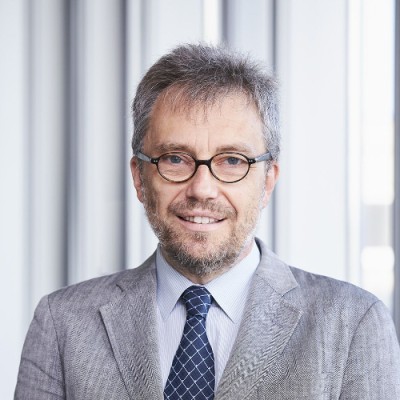In light of the upcoming 2023 edition of Pollutec, the President of the association representing European suppliers of Waste-to-Energy Technology, Dr. Siegfried Scholz, sheds light on the dynamic landscape of Europe’s evolving energy scene.
The myths of the new energy landscape: How do we secure heat and power supply 24/7 ?
Within Europe, it is safe to assume that renewable energy production will increase until 2050. The role of fossil power and heat generation thus will increasingly be to bridge the gap and to provide grid support for the residual loads, which in turn – due to the expected electrification of industrial production and of transportation – is expected to remain at high levels.
The gap between renewable production and demand for heat and power needs to be bridged at any moment, and also seasonally. Storage technologies of all kinds are expected to thrive and may reduce demand for fossil production to some extent, and further progress on the technologies and economies of scale can be forecasted for years to come. However, will it ever be possible to justify investments in any kind of energy storage that is filled and emptied once per year?
This incremental price would be too high to balance even the use of materials for such storage systems, as their environmental footprint would be devastating compared to their benefits on GHG emissions. Consequently, it is a given that fossil-fired plants will continue to play a – diminishing – role in securing energy supply.
What could we do to practically reduce the consumption of fossil fuels, if not to reduce the necessity of fossil fuel-fired plants as such ?
Will we teach the sun to shine at night or the wind to blow when needed ?
As this is not a likely scenario, another one is: waste is here to stay. This is waste from municipal households as well as from industrial production. Of course, there will be progress, as the potential for recycling and innovative product design is far from being exhausted. However, megatrends are against a rapid reduction of waste streams: urbanisation, smaller households, aging and growing populations, and so on. We do not know for certain whether the biogenic fraction of waste will eventually decrease because of separate collections in the EU member states, or how plastic fractions will change because of innovative product design. But some waste will always have to be treated thermally, and it seems more likely than not that waste streams will not be so hugely different in 2050 from the ones we see today.
These waste streams are actually a treasure of resources that should not be wasted. Only if they are dumped or landfilled, their energy content and their precious components be gone for good to the detriment of the environment and the climate. If they are treated in modern, state-of-the-art Waste-to-Energy (WtE) plants, in contrast, they are safely treated, while their energy content is used to provide residual loads and stabilising heat and power nets. What is more, by applying CCS (Carbon Capture and Storage) downstream of the WtE plant, the sector’s contribution to GHG emissions could even be negative.




